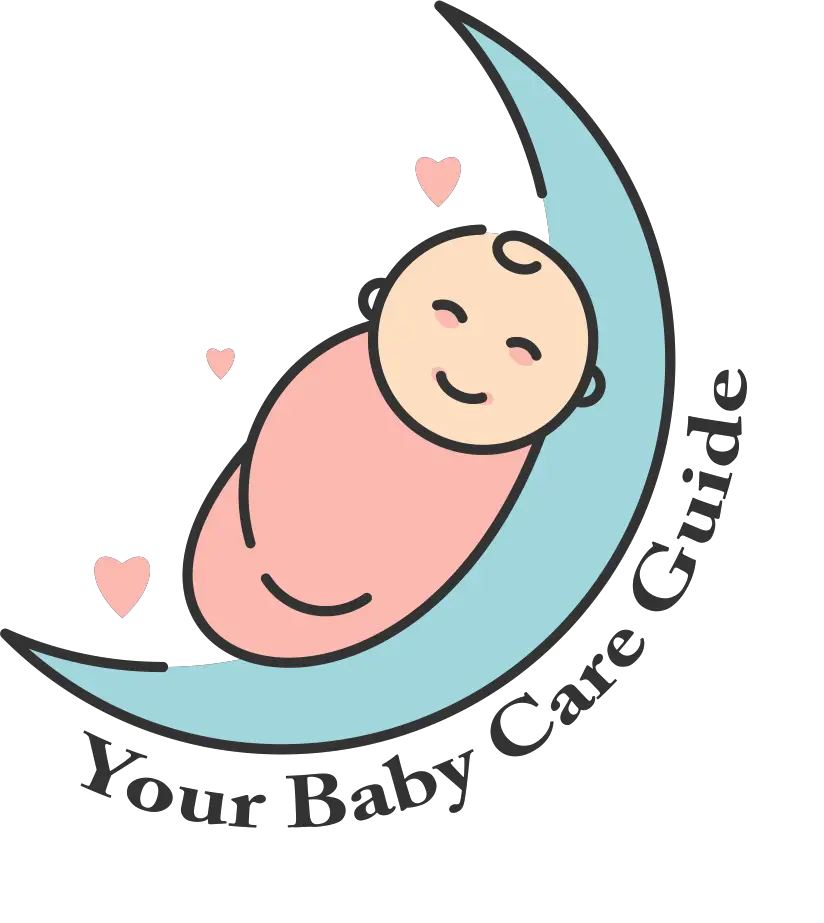How many ounces should a 3-month-old eat? Your child will probably need to feed every three to four hours during the day. You can tell if they are hungry by the way they express their feelings. Your baby will likely open their mouth repeatedly, suck on objects, turn toward you, and lick their lips. If these signs seem to be accompanied by crying, you should give them more food.
A 3-month-old baby needs about 2.5 ounces of formula per day, or one tablespoon of formula for every pound of body weight. To figure out how much formula your baby needs, simply multiply your child’s weight by 2.5 ounces. A three-month-old normally drinks five to seven bottles of formula per day, and each feeding should contain one ounce of milk or formula. Some babies will require fewer bottles at this stage, so pay attention to your baby’s signals and adjust your feeding schedule accordingly.
During this time, your child may begin nursing less frequently, but you should still breastfeed if possible. Three-month-olds can drink between five and six ounces of milk each time they nurse, which means they are getting sufficient quantities of milk from the breast. You can also check whether your child is getting enough milk by tracking his diapers. Usually, four or five very wet diapers a day indicate that your child is getting enough milk from you.
Breast milk is still the best source of nutrition for a growing baby, as it provides nearly all of their daily calories. But when your child is hungry, your infant is more likely to express their hunger through other signals. He or she will also start to experience hunger, and you should start feeding your baby with food when you notice signs of hunger. Your baby will have a palate that is already developing and learning to love what you’re feeding him. Don’t take it personally if your baby doesn’t want to try the food.
As you can see, a 3-month-old’s nutritional needs depend on a variety of factors. The type of feeding, age, and size of your baby will all affect the amount of food your child needs. If you have any concerns about your baby’s appetite or what they’re eating, consult with your doctor. Your baby’s health should be your first priority. If your child isn’t growing in the right direction, it’s a good idea to feed him more frequently.
Your baby will likely take two to three ounces of formula at each feeding. You can feed him or her every three to four hours. As your baby grows, the amount of formula you feed him will increase. A good rule of thumb is to feed your baby about 2.5 ounces of formula for each pound of body weight each day. In addition, your baby may be hungry between feedings, so be sure to watch for hunger cues and prepare the formula in smaller portions.
Your baby will be hungry frequently, but if you don’t give them the full amount, they can overeat. Even though bottle feeding is much easier, baby can overeat a meal if he’s not hungry. Overfeeding can cause gas, spit-up, and stomach pains. So try to offer less food at first and increase the amount later. If your baby is still hungry, you can try pacifiers or other methods to satisfy his need.
You can offer your baby a variety of food, including strained fruits and vegetables, cottage cheese, yogurt, and cottage cheese. A favorite flavor may also be an option, such as red sauce and pasta casserole. You may also want to consult your pediatrician if your child has an insatiable appetite. When you are trying to figure out how many ounces a 3-month-old should be eating, be sure to take the child to the pediatrician for a check-up.
You should also remember that your baby will increase the amount of formula he or she drinks by one ounce per month. Most babies start eating solid foods at around six months of age. While the average amount is about 20 to 35 ounces per day, some babies may need more or less at different stages in their development. Generally speaking, your baby will eat the right amount, but a few may overeat.
As your child grows, their needs will change as well. Breast milk intake varies a great deal from newborn to three months old. The amount of breast milk a baby needs at each feeding may range from 30 to 60 ounces. As your child grows and matures, he or she may need more breast milk, so you should consider introducing solid foods after four months. Nevertheless, it is recommended that you consult your pediatrician first if you plan to exclusively breastfeed your baby.

